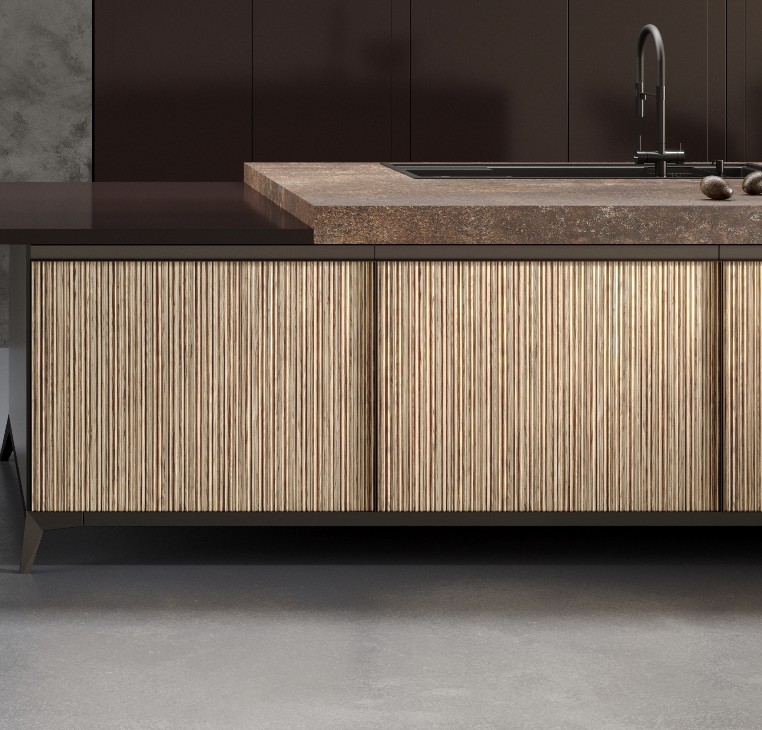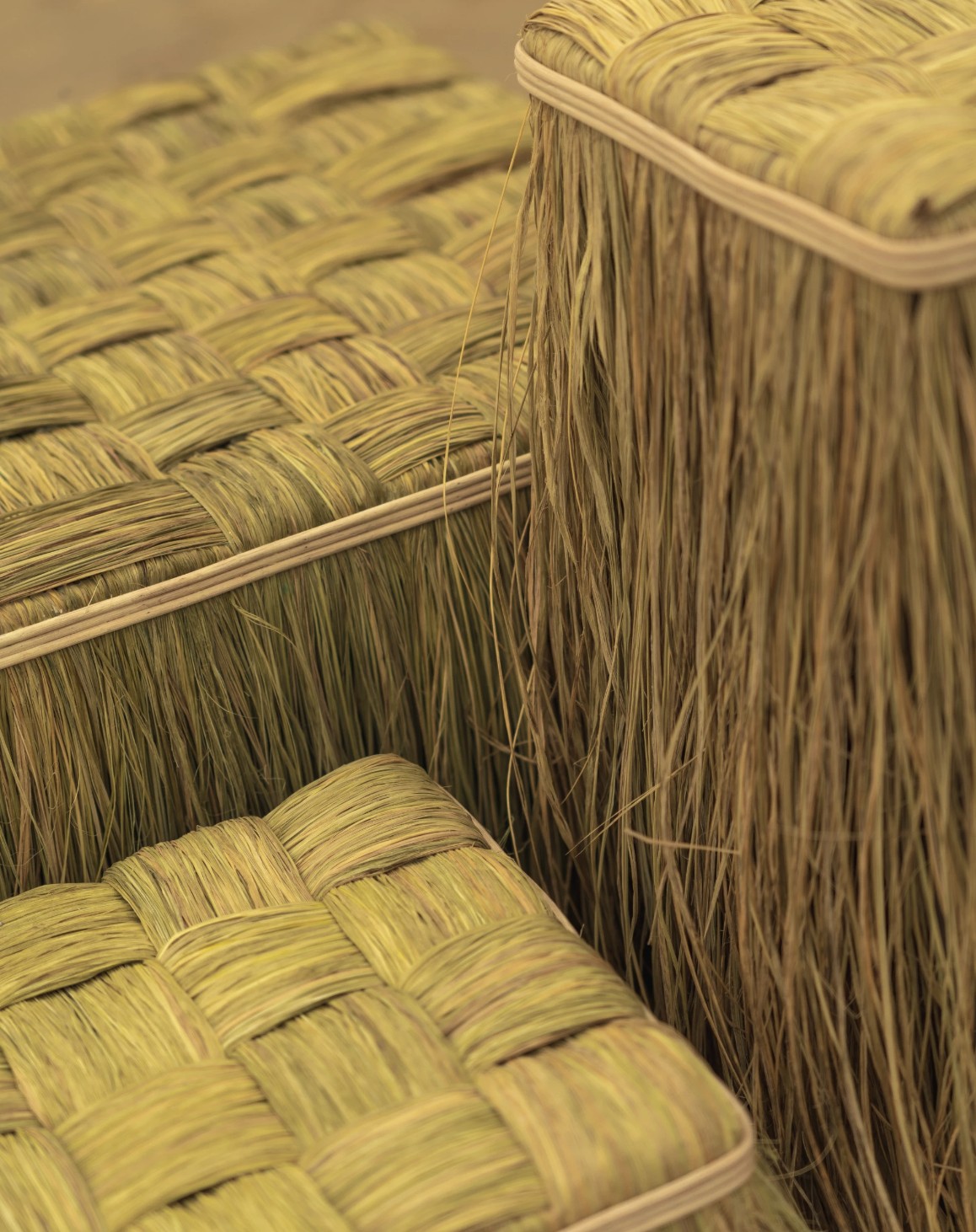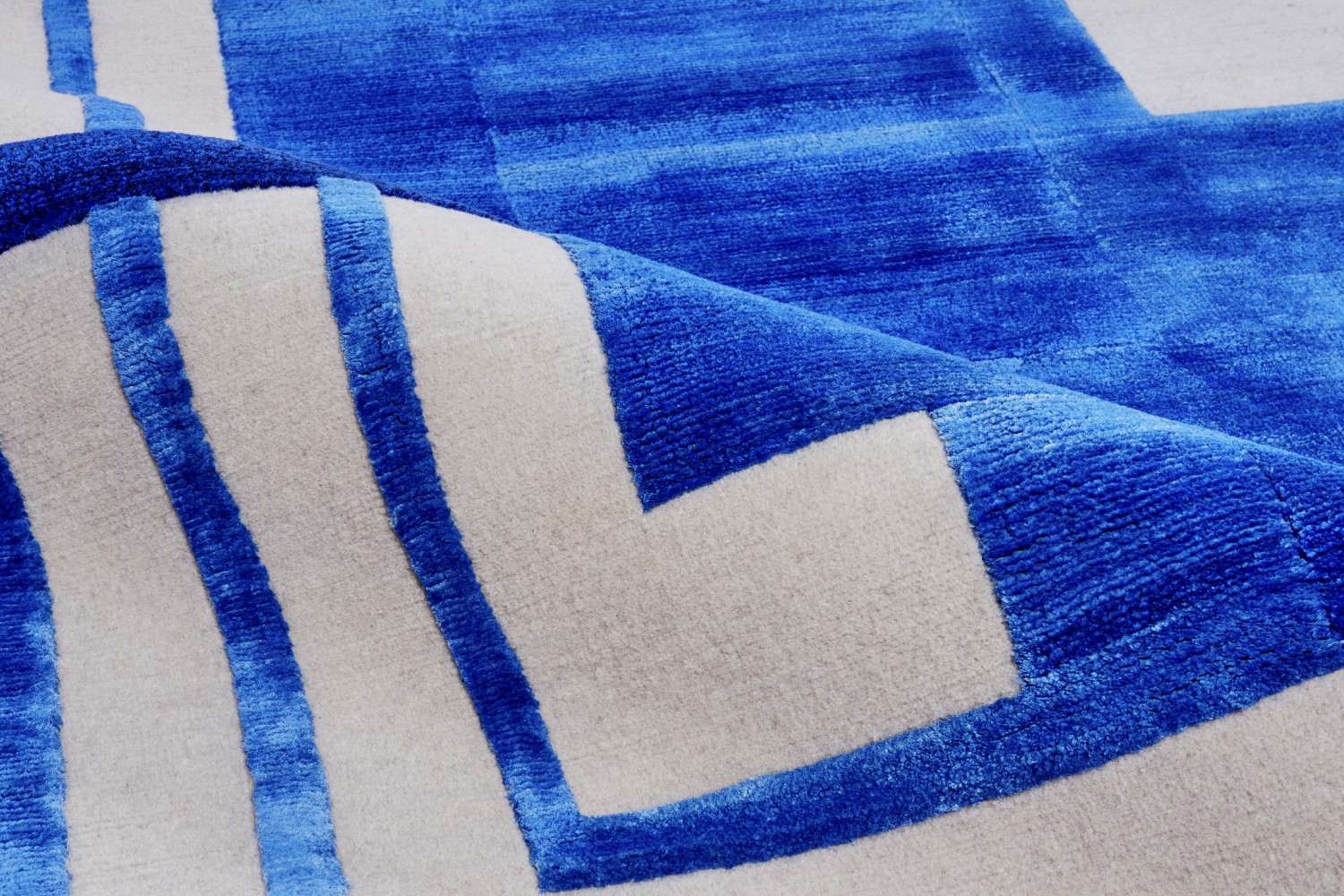In south-west Japan, Nakamoto Forestry exports Shou Sugi Ban, a wood burnt in the pure Japanese tradition.
In south-west Japan, Nakamoto Forestry exports Shou Sugi Ban, a wood burnt in the pure Japanese tradition.
Founded in 1959 in Hiroshima province, Japan, Nakamoto Forestry has built its expertise around an age-old technique: burnt wood. This age-old method originated in the south-west of Japan, where it has been used to build houses for generations. Nakamoto Forestry has been perpetuating this age-old craft within its family business for many years. Based on a 2,000-hectare plot of forest, where its factory is also located, the company now distributes its expertly crafted products throughout the world. In 2015, the company set up its first branch in the United States, before expanding into Europe in 2020.
Since its creation, Nakamoto Forestry has endeavoured to produce its burnt wood with the greatest respect for original techniques. It’s a well-kept secret, with durability as its core value. Based around a single species, Japanese cedar, the company is committed to the sustainable management of its forests, which are PEFC/SGEC certified. This commitment to nature and respect for it is also reflected in the manufacture of burnt wood. It undergoes a heat treatment that does not use any chemicals, and uses only natural oils, allowing it to vary its colour without ever having to use chemical dyes. This care also extends to the production chain. At every stage, the wood is subjected to numerous checks. Damaged boards are discarded, and holes caused by knots in the wood are meticulously filled with natural resin.
Traditionally, burnt wood has been used to build houses in Japan. But in Europe and the United States, the technique has been adapted to a wide variety of projects. Architectural structures, interior walls, decorations and furniture are all part of the company’s catalogue. The wood offered by Nakamoto Forestry is also distinguished by its specific finishes, such as SUYAKI, GENDAI and PIKA-PIKA. Traditional or brushed to reveal the wood grain, these finishes can be produced in around twenty colours, thanks to the inclusion of natural pigments in the manufacturing process. This versatility is further enhanced by the many advantages inherent in this natural material.
The Yakisugi offered by Nakamoto Forestry is produced to strict quality standards and has excellent moisture, insect and fire resistance properties, as well as complying with European regulations. Although finishing coats can be applied to burnt wood, they are not necessary to guarantee its durability. In fact, wood left to weather naturally will undergo a natural ageing process, giving it an aesthetic appeal equal to its durability.



